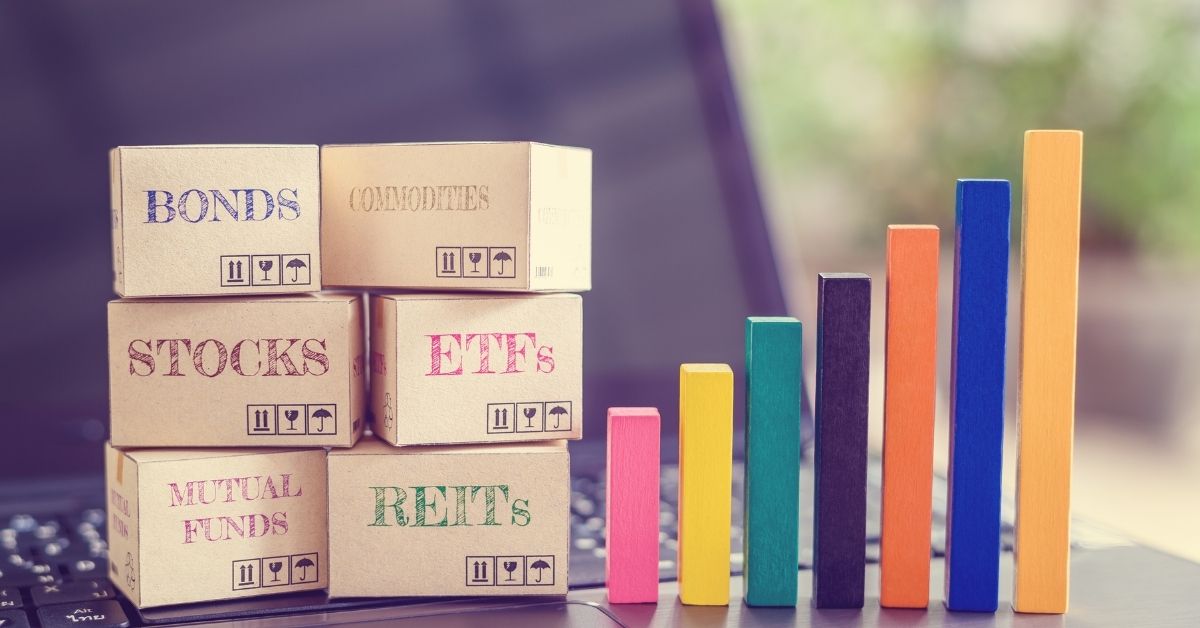
Individuals looking to invest their savings to earn better returns than the interest paid by banks, and hopefully beat rising inflation, could be forgiven if they are bewildered by the wide array of financial products available.
For instance, insurance companies offer many endowment policies as well as investment-linked insurance products (ILPs), both of which combine protection with investment or savings, and therefore cost more than term policies that only provide protection.
Banks also offer a wide range of products catering to customers with different risk profiles such as structured deposits, regular savings plans (RSPs) and unit trusts.
Meanwhile, investors can either trade stocks, bonds, real estate investment trusts (REITs) and exchange-traded funds (ETFs) listed on the Singapore Exchange (SGX) and buy unit trusts on their own, choosing from a huge number of such products listed on several online portals.
Trying to figure out what all these options mean and then deciding which is best can be intimidating to the average retail investor.
Advertisement
Not to worry though — the important point to note is that all financial products are built from a few basic building blocks, so knowing what these blocks are is the key to understanding how these investments work.
1. Ordinary shares or equities
Perhaps the most familiar investment are the ordinary shares, also called common shares or stocks. These are traded on a public exchange like SGX.
An ordinary share represents a fraction of ownership in the company that issues it. As an owner, the shareholder gets a vote in the company’s major decisions, decided at its shareholder meetings.
Ordinary shareholders are also entitled to receive dividends if declared by the company. They also benefit from capital gains if the share price rises when the market is optimistic about the prospects for the company.
However, central banks all over the world have been aggressively raising interest rates over the past 18 months to bring down inflation. taking their lead from the US Federal Reserve.
This has made less risky interest-bearing instruments more attractive, putting pressure on stock prices. Also, higher interest rates will mean higher expenses for companies, leading to lower profits, which in turn adversely affects shares.
2. Bonds
Bonds are instruments that represent borrowings by either companies or governments. In other words, if you buy a bond issued by XYZ Company, you are the lender and XYZ is the borrower.
The bond covenant is a document that contains the terms of the borrowing/lending arrangement. Some common terms are:
-
Coupon rate:
This is the annual interest that the borrower which is also known as the issuer has to pay the lender, who is also known as the bondholder, based on the face value of the bond.
The face value, also known as the par value, is usually in denominations of $1 or $100. So if you buy $1,000 worth of retail bonds issued by XYZ which have a coupon of 5%, you will receive $50 every year. The interest is usually paid semi-annually, so the payment is $25 every six months. -
Maturity date:
This is the date at which the issuer will repay the principal sum. For instance, a 10-year bond issued on 1 Feb 2023 means that the borrower will repay the principal on 1 Feb 2033 to whoever is holding the bonds at the time.
When considering whether to buy a bond, probably the most important consideration is to ask:
What is the issuer’s ability to pay? In other words, how creditworthy is the issuer?
What is the issuer’s ability to pay? In other words, how creditworthy is the issuer?
Bonds, which are traded on an exchange, will see their prices fluctuate just like share prices. In the case of bonds, one of the most important factors that will impact their prices is the interest rate.
If interest rates rise, then bonds which pay a fixed coupon may become less attractive, leading to a fall in their prices. Conversely, a fall in interest rates will lead to a rise in bond prices. As such, bond prices and interest rates move in opposite directions.
Not surprisingly, given that interest rates have been rising, bonds have performed poorly over the past 18 months.
3. Real Estate Investment Trusts (REITs)
REITs are essentially landlords who own properties such as retail shopping malls, office buildings, warehouses and hotels that are rented out to tenants.
The REIT manager collects the rent and distributes them to the shareholders, who are known as unitholders.
In Singapore, REITs are incentivised under the income tax laws to distribute at least 90% of their income in order to enjoy tax transparency, i.e. tax exemption.
The advantages of investing in REITs are that you can enjoy a regular stream of income in the form of distributions from the rental collected, and you can participate in the performance of certain segments of the property market for a relatively small capital outlay. Of course, if the REIT does well, its price can also rise.
However, REITs tend to have large borrowings and so, like bonds, are negatively affected by rising interest rates.
Also, during COVID-19, many retail, office and hotel-based REITs did not earn any rental income at all whilst healthcare REITs on the other hand performed very well.
Note that with the end of Covid restrictions and the reopening of borders, this pattern is reversing – healthcare REITs are no longer in play, while the market has turned its attention to hospitality REITs and others that might benefit from a return to normality.
4. Exchange-traded funds
4a. Benchmark market indices
When it comes to tracking the performance of an entire market or segment of a market, investors tend to look at that market or segment’s benchmark index. For example, The Straits Times Index or STI is the most recognisable benchmark for the Singapore stock market.
The STI comprises the 30 largest stocks listed on SGX. The market value of these 30 is roughly two-thirds the market value of the entire market, hence the STI can reasonably be said to represent all Singapore stocks.
So, if the STI rises or falls, we can say that the Singapore stock market rose or fell.
4b. Uses of benchmark market indices
Other than give investors an idea of how a market or segment is performing, benchmark indices are used to evaluate the performance of funds which are invested in that market or segment.
In other words, a fund or unit trust which is invested in Singapore stocks will likely have its performance measured against an index like the STI or something similar, which could be the Morgan Stanley Capital International Singapore Index.
If the fund makes 15% over a period, then this will be compared with the movement of the index over the same period.
If the index rose 10% then the fund can be said to have “outperformed” the market.
If however, the benchmark rose 16%, the fund is said to have “underperformed” the market.
4c. Enter ETFs
An exchange-traded fund or ETF is a fund that seeks to track a benchmark market index.
Such an instrument appeals to passive investors who are happy to simply “buy the market” instead of having to do research on which fund is best, or to do stock selection on their own. In order to “buy the market”, they simply buy the index.
ETFs are listed on an exchange like the SGX and can track stocks, bonds or commodities like gold indices.
For example, there are two ETFs which track the STI that are listed on SGX. There are also several bond ETFs which seek to deliver the returns of underlying bond indices.
4d. Excluded Investment Products (EIPs) vs Specified Investment Products (SIPs)
The majority of ETFs listed in Singapore are classified as Excluded Investment Products or EIPs, which means they are easy to understand (like the ETFs which track the STI) and therefore suitable for the average retail investor.
Due to their relative simplicity, there is no need for the retail investor to pass a Customer Knowledge Assessment (CKA) to be able to invest in EIPs.
In contrast, a handful of ETFs are classified as Specified Investment Products or SIPs.
These have more complex features and if you want to buy and sell SIPs listed on an exchange such as structured warrants and daily leveraged certificates, you need to go through a Customer Account Review (CAR) before opening an account.
If you want to buy and sell SIPs that are not listed on an exchange such as structured notes, you similarly need to get through a Customer Knowledge Assessment (CKA).
5. Unit Trusts (Mutual Funds)
Unit trusts are also known as mutual funds. They are funds using money pooled from many investors to invest in various assets, mainly stocks and bonds.
A fund manager manages the unit trust or fund. They are paid a management fee from the fund, typically based on a percentage of the assets they manage.
You invest in a fund by buying units in the fund. There is a capital gain when the price of the units rises above the price you paid for the fund. Some funds pay dividends.
Which financial products are best for you?
This is a difficult question to answer because it depends on your age, investment horizon, risk profile and available funds.
A younger individual can, in theory, take on more risk because he or she has many years ahead to earn back losses and ride out volatility, provided their risk profile allows them to do so.
On the other hand, an older person nearing, or in retirement, should not take too much risk with their capital because they do not have time to earn back losses.
You should seek the advice of a licensed financial advisor when investing. Note that the advisor has to explain to you why the products he or she recommends is suitable for you as well as all its features.
As a final note of caution:
Do not invest in any product you do not understand.






